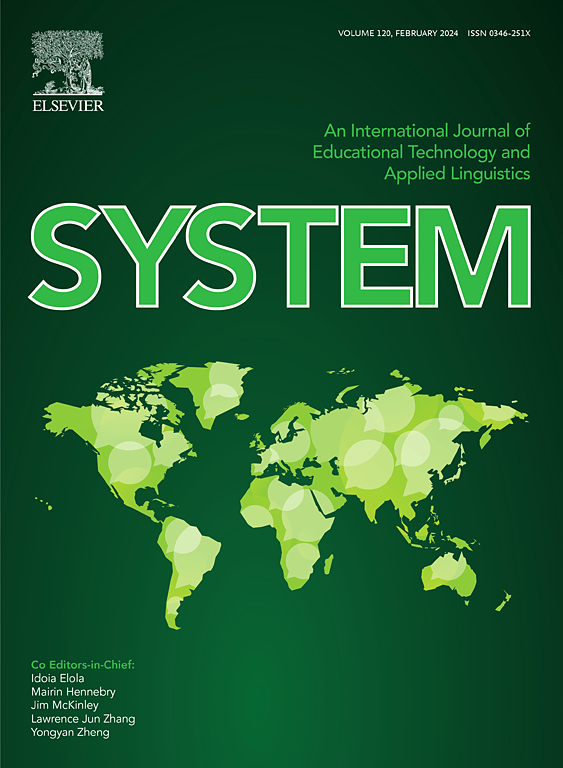卵内投放香芹酚可引发肉鸡胚胎卵黄囊中趋化因子、抗菌肽和促炎途径的表达
IF 7
1区 农林科学
Q1 Agricultural and Biological Sciences
引用次数: 0
摘要
肉鸡孵化后免疫系统尚未发育成熟,最容易感染传染病。蛋黄在肉鸡胚胎发育过程中表现出相关的抗氧化和被动免疫能力,在早期免疫防御中发挥着重要作用。植物源化合物香芹酚的免疫调节作用已被广泛报道。众所周知,香芹酚在胚胎发育过程中进入羊水后会迁移到卵黄囊。然而,卵黄中的香芹酚是否能提高卵黄囊的防御反应能力尚不清楚。因此,本研究的目的是改善鸡胚胎的早期免疫功能,并假设卵黄中的香芹酚会对卵黄囊产生免疫调节作用,从而提高孵化后的适应能力。在胚胎第(E)17.5 天,向羊水中注射生理盐水(对照组)或香芹酚溶液。在E19.5时收集卵黄囊组织样本,使用RNA测序进行转录组分析,然后对对照组(生理盐水)和注射香芹酚组进行功能富集分析。结果显示,与对照组相比,香芹酚组有 268 个基因上调,174 个基因下调(P 0.5)。利用 KEGG、REACTOME 和基因本体数据库对这些差异表达基因进行的功能分析显示,一些与免疫相关的通路得到了富集。其中包括 "抗菌肽"(P = 0.001)和 "趋化活性"(P = 0.004)等通路。此外,"类 NOD 受体信号转导 "通路也得到了丰富(P = 0.002)。抗菌肽是先天性免疫防御的一部分,是核苷酸寡聚化结构域(NOD)样受体通路激活后产生的分子之一。虽然这些反应可能与对外源威胁的炎症反应有关,但它们也可能表明,在卵内输送香芹酚可通过激活卵黄囊中的 NOD 样受体信号,促进抗菌肽的产生,从而为新孵化的雏鸡抵御细菌病原体做好准备。总之,这些研究结果表明,通过上调抗菌肽和 NOD 样受体通路,卵内输送香芹酚有可能增强卵黄囊的抗病原性和促炎症反应。本文章由计算机程序翻译,如有差异,请以英文原文为准。
In ovo delivery of carvacrol triggers expression of chemotactic factors, antimicrobial peptides and pro-inflammatory pathways in the yolk sac of broiler chicken embryos
Broiler chickens are most vulnerable immediately after hatching due to their immature immune systems, making them susceptible to infectious diseases. The yolk plays an important role in early immune defence by showing relevant antioxidant and passive immunity capabilities during broiler embryonic development. The immunomodulatory effects of phytogenic compound carvacrol have been widely reported. After in ovo delivery in the amniotic fluid during embryonic development carvacrol is known to migrate to the yolk sac. However, it is unknown whether carvacrol in the yolk could enhance defence responsiveness in the yolk sac. Therefore, the aim of this study was to improve early immune function in chicken embryos, and it was hypothesized that in ovo delivery of carvacrol would result in immunomodulatory effects in the yolk sac, potentially improving post-hatch resilience. On embryonic day (E)17.5, either a saline (control) or carvacrol solution was injected into the amniotic fluid. Yolk sac tissue samples were collected at E19.5, and transcriptomic analyses using RNA sequencing were performed, following functional enrichment analyses comparing the control (saline) and carvacrol-injected groups. The results showed that 268 genes were upregulated and 174 downregulated in the carvacrol group compared to the control (P < 0.05; logFC < −0.5 or log FC > 0.5). Functional analyses of these differentially expressed genes, using KEGG, REACTOME, and Gene Ontology databases, showed enrichment of several immune-related pathways. This included the pathways ‘Antimicrobial peptides’ (P = 0.001) and ‘Chemoattractant activity’ (P = 0.004), amongst others. Moreover, the ‘NOD-like receptor signaling’ pathway was enriched (P = 0.002). Antimicrobial peptides are part of the innate immune defence and are amongst the molecules produced after the nucleotide oligomerization domain (NOD)-like receptor pathway activation. While these responses may be associated with an inflammatory reaction to an exogenous threat, they could also indicate that in ovo delivery of carvacrol could prepare the newly hatched chick against bacterial pathogens by potentially promoting antimicrobial peptide production through activation of NOD-like receptor signaling in the yolk sac. In conclusion, these findings suggest that in ovo delivery of carvacrol has the potential to enhance anti-pathogenic and pro-inflammatory responses in the yolk sac via upregulation of antimicrobial peptides, and NOD-like receptor pathways.
求助全文
通过发布文献求助,成功后即可免费获取论文全文。
去求助
来源期刊

Journal of Animal Science and Biotechnology
AGRICULTURE, DAIRY & ANIMAL SCIENCE-
CiteScore
9.90
自引率
2.90%
发文量
822
审稿时长
17 weeks
期刊介绍:
Journal of Animal Science and Biotechnology is an open access, peer-reviewed journal that encompasses all aspects of animal science and biotechnology. That includes domestic animal production, animal genetics and breeding, animal reproduction and physiology, animal nutrition and biochemistry, feed processing technology and bioevaluation, animal biotechnology, and meat science.
 求助内容:
求助内容: 应助结果提醒方式:
应助结果提醒方式:


